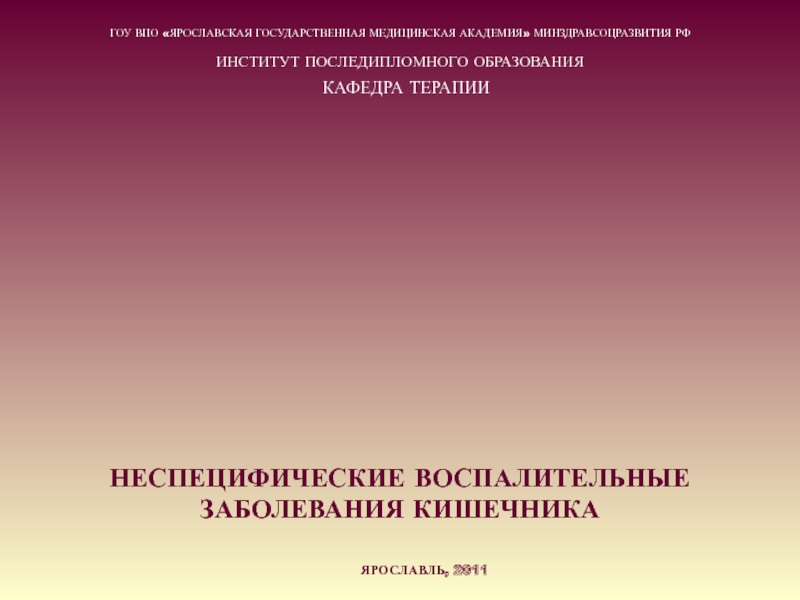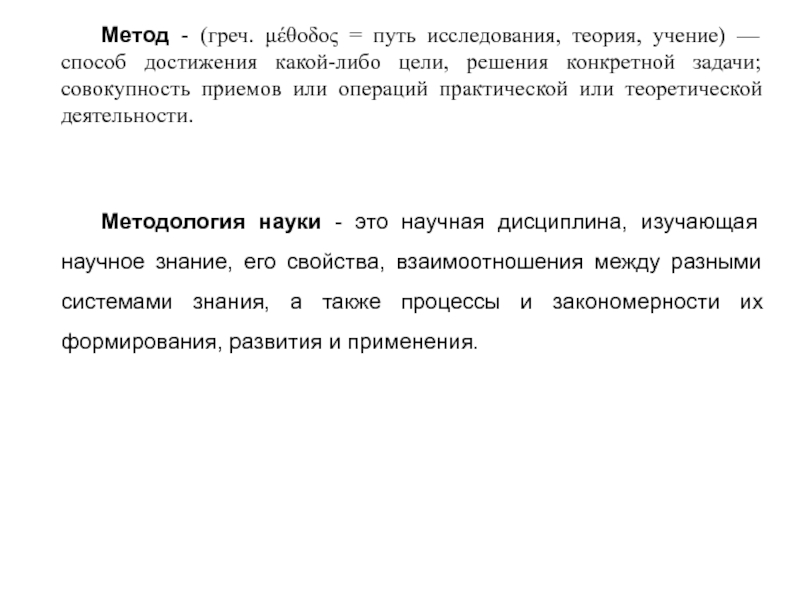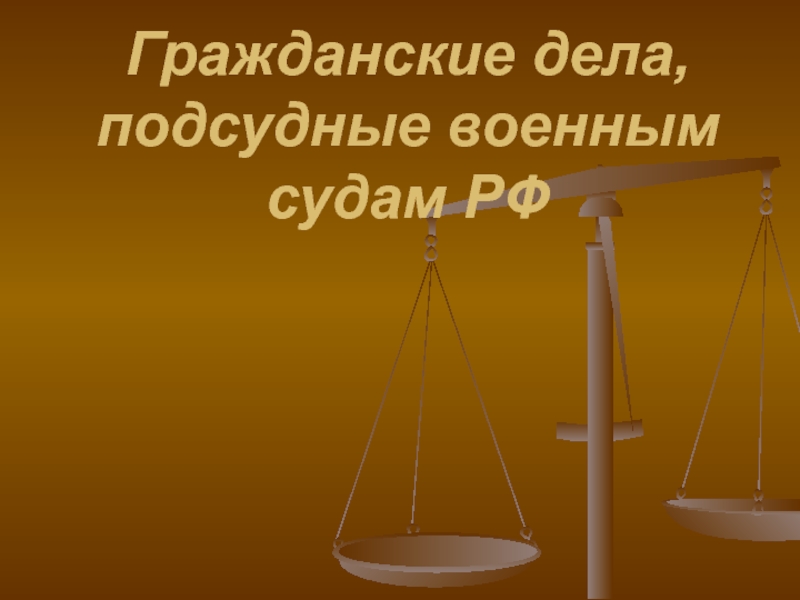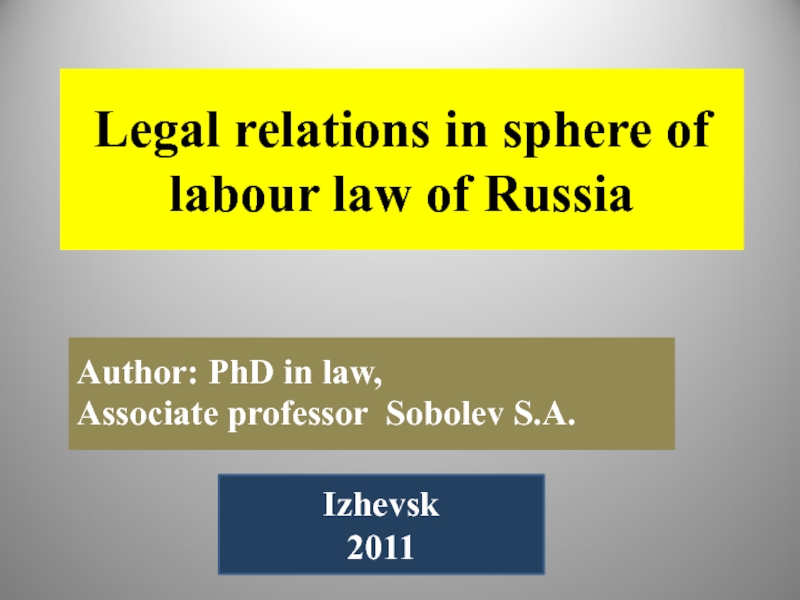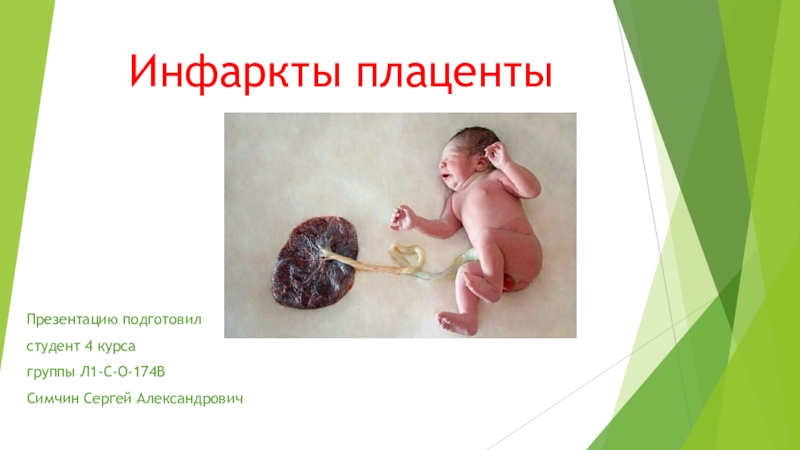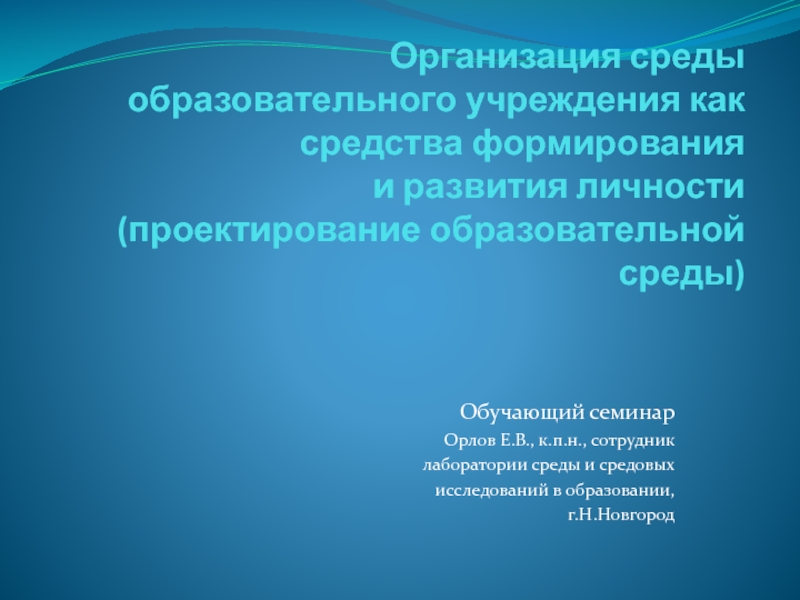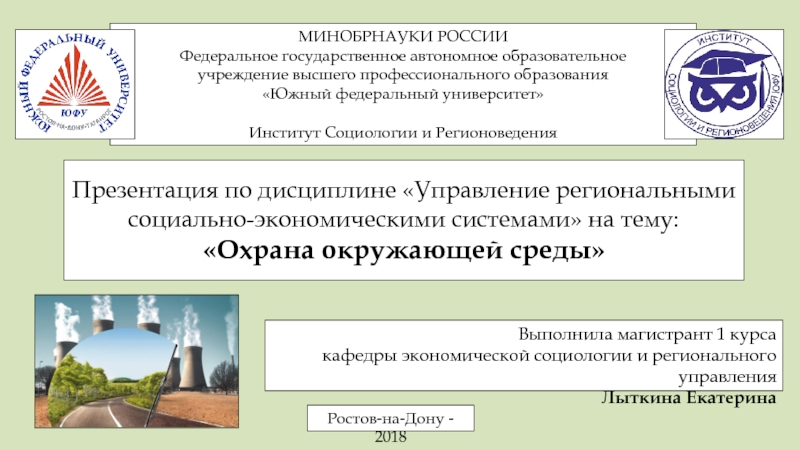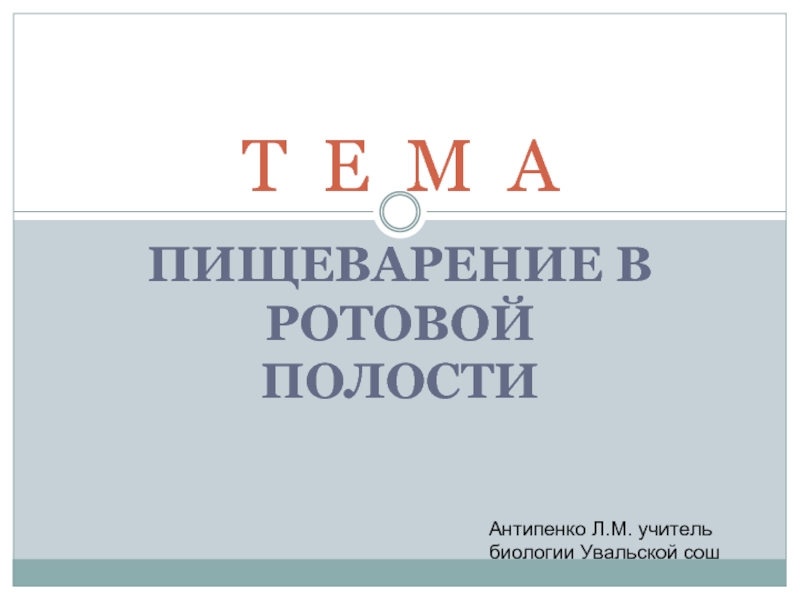Разделы презентаций
- Разное
- Английский язык
- Астрономия
- Алгебра
- Биология
- География
- Геометрия
- Детские презентации
- Информатика
- История
- Литература
- Математика
- Медицина
- Менеджмент
- Музыка
- МХК
- Немецкий язык
- ОБЖ
- Обществознание
- Окружающий мир
- Педагогика
- Русский язык
- Технология
- Физика
- Философия
- Химия
- Шаблоны, картинки для презентаций
- Экология
- Экономика
- Юриспруденция
Saint-Petersburg State University University of Stavanger “ Joint
Содержание
- 1. Saint-Petersburg State University University of Stavanger “ Joint
- 2. Lesson 9 The Ecological Monitoring of Soils Condition
- 3. Migration and accumulation of chemical substances in
- 4. Soil is the only component of the
- 5. All the pollutants into the air or
- 6. As the main landscape component, soil can
- 7. On the other hand, contaminated soils themselves
- 8. The quality of soils/substrates and their toxicity
- 9. Physical-chemical parameters of soils are included in
- 10. Particle size classifications used by different countries, diameters in μm
- 11. Russian classification of mechanical components of soil (Н. А. Качинский, 1958)
- 12. Classification of soils according to texture (Н. А. Качинский, 1958)
- 13. In the United States, twelve soil texture
- 14. The soil pH is a measure of
- 15. Acidity in soils comes from H+ and
- 16. The neutral soil reaction corresponds to a
- 17. The United States Department of Agriculture
- 18. Map of soil acidity (T. Hengl)
- 19. Soil organic matterIt can
- 20. humus (coined 1790–1800; from the Latin humus:
- 21. Humus has a characteristic black or dark
- 22. Biogenic elements (N, P, K, Ca ctr.),
- 23. The six most common elements associated with
- 24. Thus, contamination results in: Changing the
- 25. The methods of soils investigationMain soil horizons
- 26. Soil profiles are studied at
- 27. The chemical composition of soils is the
- 28. Taking, storage and transportation of soil samples
- 29. ГОСТ 17.4.4.02-84EQUIPMENT, MATERIALS, REAGENTSShovels by ГОСТ 19596—74.
- 30. The sample is taken from each genetic
- 31. Sample from two horizons: Peaty & humic
- 32. A sample from each of the two layers О/Ат and T of organogenic soils
- 33. Sampling of soil is carried out by
- 34. Weight of a point sample is not
- 35. Soil samples for physical-chemical analysis are dried
- 36. Soil samples taking for analysis of hydrocarbons,
- 37. The list of contaminants measured in samples
- 38. Resolution of the Government YaNAO from 14.02.2013
- 39. The list of laboratory analyses of soils*
- 40. The regional geochemical background of soilThe rule
- 41. Content of chemical elements in soils of Zapadno-Jarojachinskoe petroleum field, mg/kg
- 42. Distribution of HC in soils of Zapadno-Jarojachinskoe petroleum field, mg/kg
- 43. Percent Distribution of PAH in soils of Zapadno-Jarojachinskoe petroleum field
- 44. Total Coefficient of Soil Pollution
- 45. The indexes of total pollution of landscape
- 46. Distribution of Soil Pollution Indexallowable degree of
- 47. Method of the main component of the
- 48. Parity of natural and anthropogenic factors in
- 49. Скачать презентанцию
Слайды и текст этой презентации
Слайд 1Saint-Petersburg State University
University of Stavanger
Geoecological monitoring and rational use of natural resources in the Northern oil and gas production regions”Слайд 3Migration and accumulation of chemical substances in the landscape are
largely determined by the properties of depositing landscape components -
soil cover and vegetation.Слайд 4Soil is the only component of the landscape, which arises
from the interaction of all other landscape components:
the rocks,
air, natural waters, vegetation, microorganisms and animals. Слайд 5All the pollutants into the air or water, are deposited
on the surface of the soil and are absorbed by
plants.Слайд 6As the main landscape component, soil can be considered as
an integral indicator of pollution of natural-territorial complexes, giving an
idea of the quality life-supporting components - air and waterСлайд 7On the other hand, contaminated soils themselves are sources of
secondary pollution of air, surface and groundwater.
Слайд 8The quality of soils/substrates and their toxicity is determined by
the chemical composition of the soil and the content of
pollutantsСлайд 9Physical-chemical parameters of soils are included in the list of
the general characteristics of the sanitarian parameter of land.
Soil texture, Acid-alkaline conditions,
Organic matter content
and other properties of soil
which determine the mobility of chemical elements and the intensity of their involvement in the biological cycle.
Слайд 13In the United States, twelve soil texture classifications are defined
by the United States Department of Agriculture USDA:
Clay
Silt
Sand
Loam
Silty clay
Sandy clay
Clay loam
Silt loam
Sandy Loam
Loamy sand
Silty clay loam
Sandy clay loam
Determining the soil textures is often aided with the use of a soil texture triangle.
Слайд 14The soil pH is a measure of the acidity or
alkalinity in soils. pH is defined as the negative logarithm
(base 10) of the activity of hydronium ions (H+ or, more precisely, H3O+aq) in a solution.
In water, it normally ranges from -1 to 14, with 7 being neutral. A pH below 7 is is acidic and above 7 is alkaline.
The pH value in soils - 2,5 to 12,5.
Слайд 15Acidity in soils comes from H+ and Al3+ ions in the
soil solution and sorbed to soil surfaces.
While pH is
the measure of H+ in solution, Al3+ is important in acid soils because between pH 4 and 6, Al3+ reacts with water (H2O) forming AlOH2+, and Al(OH)2+, releasing extra H+ ions. Every Al3+ ion can create[ 3 H+ ions. Many other processes contribute to the formation of acid soils including rainfall, fertilizer use, plant root activity and the weathering of primary and secondary soil minerals. Acid soils can also be caused by pollutants such as acid rain and mine spoilings.
Слайд 16The neutral soil reaction corresponds to a pH of 6.1-7.4.
If the pH is higher than 7.4, then the reaction
of the soil is alkaline, lower - acidic. In this case, acidic soils are classified as follows:
very strongly acidic - pH is within <4.0,
strong acid - pH 4.1-4.5,
medium acid - pH 4.6-5.0,
slightly acid - pH 5.1- 6.0,
weakly alkaline soils have pH 7.5-8.5,
strongly alkaline soils 8.6-10.0,
sharply alkaline pH> 10.0
Слайд 17The United States Department of Agriculture Natural Resources Conservation Service,
formerly Soil Conservation Service classifies soil pH ranges as follows
Слайд 19 Soil organic matter
It can be divided into
three general pools:
living biomass of microorganisms,
fresh and partially
decomposed residues, and humus: the well-decomposed organic material.
Слайд 20humus (coined 1790–1800; from the Latin humus: earth, ground) refers
to the fraction of soil organic matter that is amorphous
and without the cellular cake structure characteristic of plants, micro-organisms or animals.Humus significantly influences the bulk density of soil and contributes to moisture and nutrient retention. Soil formation begins with the weathering of humus.
Слайд 21Humus has a characteristic black or dark brown color and
is organic due to an accumulation of organic carbon. The
three major horizons are: (A) surface horizon, (B) illuvial horizon (subsoil) and (C) substratum. Some soils have an organic horizon (O) on the surface. Hard bedrock, which is not soil, uses the letter R.Слайд 22Biogenic elements (N, P, K, Ca ctr.),
Macroelements (Si, Na,
Mg ctr.),
Microelements, trace elements (Cu, Zn, Pb, Cd, Ni,
Cr, Hg, As, Sb, Co, Mn, Ba Sr, Mo, V ctr.).Слайд 23The six most common elements associated with organic molecules—carbon, nitrogen,
hydrogen, oxygen, phosphorus, and sulfur—take a variety of chemical forms
and may exist for long periods in the atmosphere, on land, in water, or beneath Earth’s surface.Слайд 24 Thus, contamination results in:
Changing the physical and chemical characteristics
of soils: - change in texture, - change
in the total saturation of the base (pH shift, etc.) - accumulation of toxic substances.
Water migration of pollutants and pollution of natural waters.
The absorption of pollutants by living organisms and their involvement in the biological cycle.
Слайд 26 Soil profiles are studied at monitoring stations.
Description of soil profile includes description of soil horizons
(color, soil texture, moisture, structure, density, composition, neoplasm, inclusions, carbonate reaction with HCl, the transition of the horizon and other features )Слайд 27The chemical composition of soils is the specific indicator of
anthropogenic environmental pollution of terrestrial ecosystems
Слайд 28Taking, storage and transportation of soil samples are carried out
in accordance with applicable standards (ГОСТ 17.1.5.02-80; ГОСТ 17.1.5.05-85; ГОСТ
17.4.3.01-83; ГОСТ 17.4.4.02-84)Слайд 29ГОСТ 17.4.4.02-84
EQUIPMENT, MATERIALS, REAGENTS
Shovels by ГОСТ 19596—74. Knives for soil
by ГОСТ 23707—79. Knives from polyethylene or polystyrene. Soil drills.
A
refrigerator that maintains the temperature from 4 to 6 ° C. Refrigerators-bags.Laboratory balance for general use by ГОСТ 24104—80 with a maximum load of 200 and 1000 g. Enameled cuvettes. Glass crystallizers. Soil sieve with a mesh of 0.25; 0.5; 1; 3 mm by ГОСТ 3584—73.Laboratory glass spirits by ГОСТ 10090—74.
Porcelain mortars and pestles by ГОСТ 9147—80.
Mortars and pistils of jasper, agate or fused corundum.
Vials or cans of glass wide-necked with ground glass stoppers with a capacity of 300, 500, 800, 1000 cm3.
Banks or boxes of food polyethylene or polystyrene. Metal spatulas by ГОСТ 19126—79.
Plastic spatulas by ГОСТ 19126—79.
Scoops.
Wrapping paper by ГОСТ 8273—75.
Medical glue.
Tracing paper by ГОСТ 892—70.
Cloth bags.
Packages and film polyethylene.
Parchment by ГОСТ 2995—73.
Tampons cotton-gauze sterile.
Cardboard Boxes.
Acid, hydrochloric acid by ГОСТ 3118—77, pure for analysis, a solution with a mass fraction of 3 and 10%.
Sodium hydroxide by ГОСТ -1328—77.
Rectified ethyl alcohol by ГОСТ 18300—72.
Technical formalin by ГОСТ 1625—75, The highest grade, a solution with a mass fraction of 3%.
Sodium chloride by ГОСТ 4233—77, Isotonic solution with a mass fraction of 0.85%.
Слайд 30The sample is taken from each genetic horizon –
the
material is taken from one place of the horizon, or
one layer of the soil profile, typical of this horizon, or layer.Слайд 33Sampling of soil is carried out by the envelope or
by diagonal methods in such a way that each sample
represents a part of the soil, typical of the genetic horizons or layers of this soil type.Number of point samples is determined according to
ГОСТ 17.4.3.01-83
Слайд 34Weight of a point sample is not less than 1
kg (0.5 kg). The possibility of secondary contamination of samples is
excluded by stripping of soil profile wall before sampling by a polyethylene or plastic knife.Слайд 35
Soil samples for physical-chemical analysis are dried to air-dry state
according to ГОСТ 5180-75 (without direct sunlight!)
Air-dried samples stored
in cloth bags, in cardboard boxes or in glass containers. Слайд 36Soil samples taking for analysis of hydrocarbons, are placed in
plastic bags, tightly closed and in this form are transmitted
to the laboratoryСлайд 37The list of contaminants measured in samples of soils
According to Evaluation of the background (initial) state of the
environment of licensed area of oil&gas fields, Yamalo-Nenets Autonomous DistrictСлайд 38Resolution of the Government YaNAO from 14.02.2013 N 56-P (as
amended on 11.26.2013) "On the territorial system of surveillance of
the environment within the boundaries of the licensed areas subsoil for the purpose of oil and gas fields in the Yamal-Nenets Autonomous Okrug"pH values ,
concentration of NO3 ̃, PO4 ̃̃̃, SO4 ̄̃, Cl¯
HC ,
benzo(a)pyrene,
anionic surfactant synthetic
Total Fe, Pb, Zn, Mn, Ni, Cr VI, Cd
phenols
Слайд 40The regional geochemical background of soil
The rule of calculation of
the regional geochemical background
х + ,where х – average arithmetic, – standard deviation
Anomaly concentration х + 2
High anomaly concentration х + 3
Слайд 44Total Coefficient of Soil Pollution
where: Сi опр – value is determined by the content
of i-toxicant in the soil ;Сi рф – value of regionally-background content in the soil of i-toxicant .
Слайд 45The indexes of total pollution of landscape components are calculated.
The estimation of environmental pollution degree is made.
Слайд 46Distribution of Soil Pollution
Index
allowable degree of pollution,
weak level of pollution, the average degree
of pollutionСлайд 47Method of the main component of the factorial analysis
It is
revealed 5 factors defining 85 % of all correlation communications.
Hg68 Zn62 Cu53 HC40 V64 Cr59
It is interpreted as anthropogenous factor, caused by pollution as a result of investigation and development oil-gas deposits of a tundra zone.
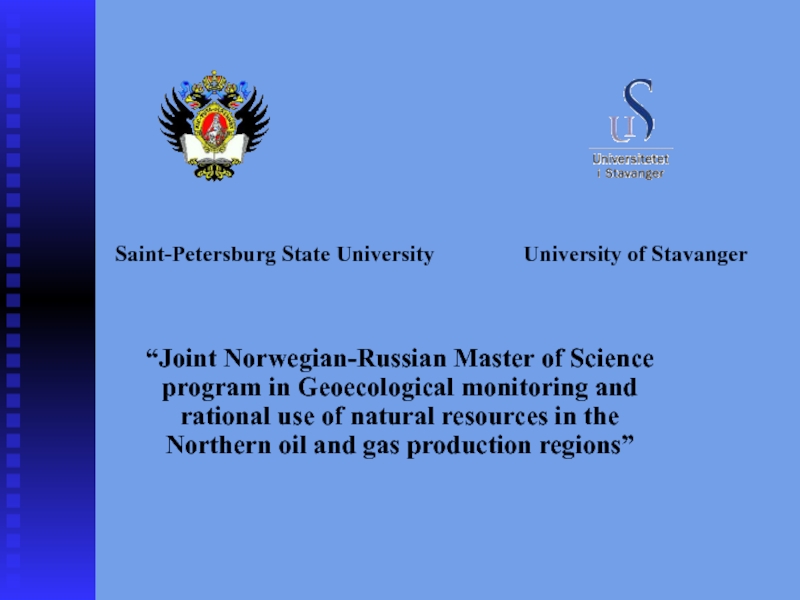
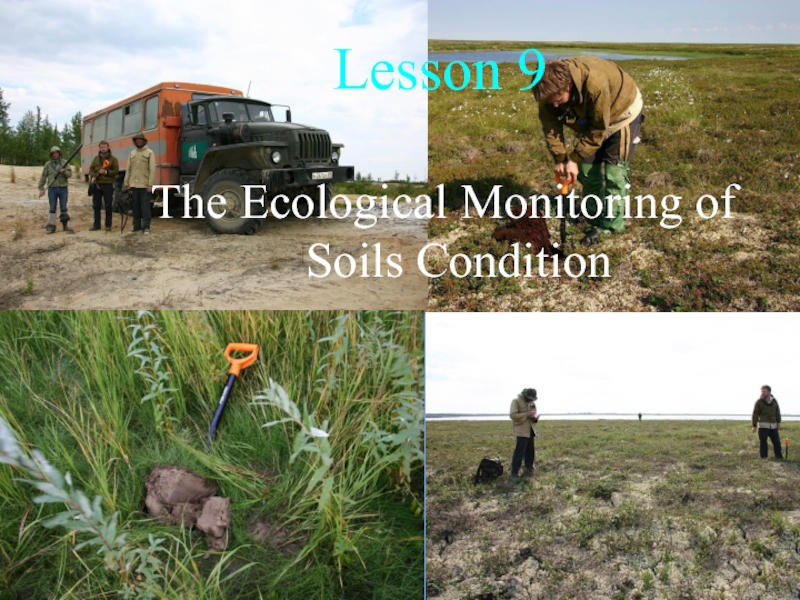
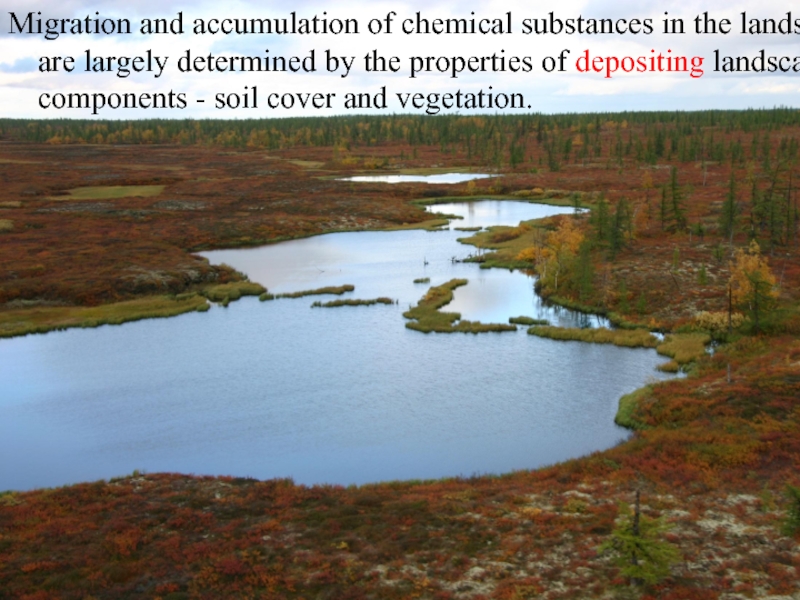
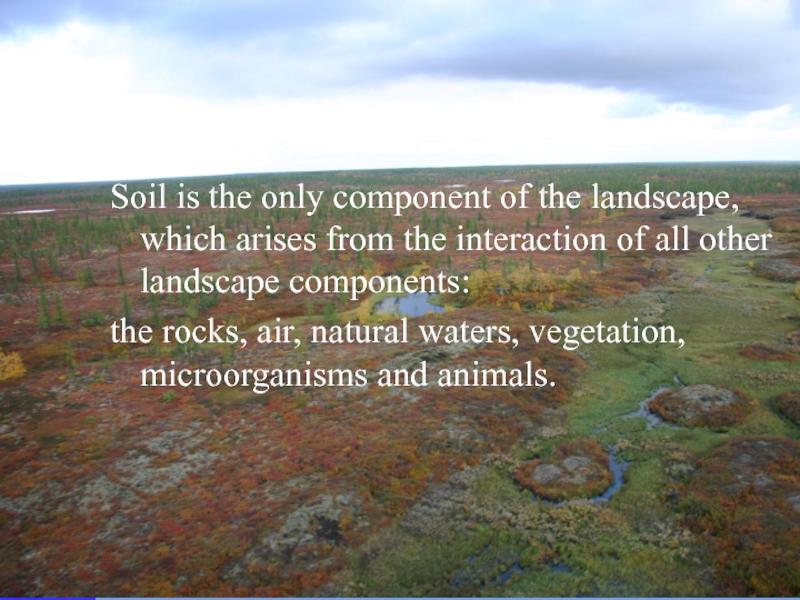
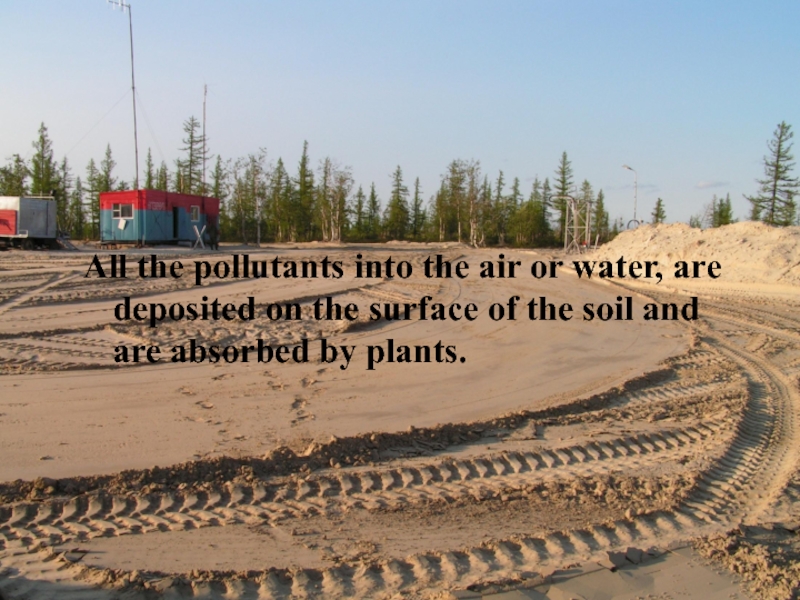
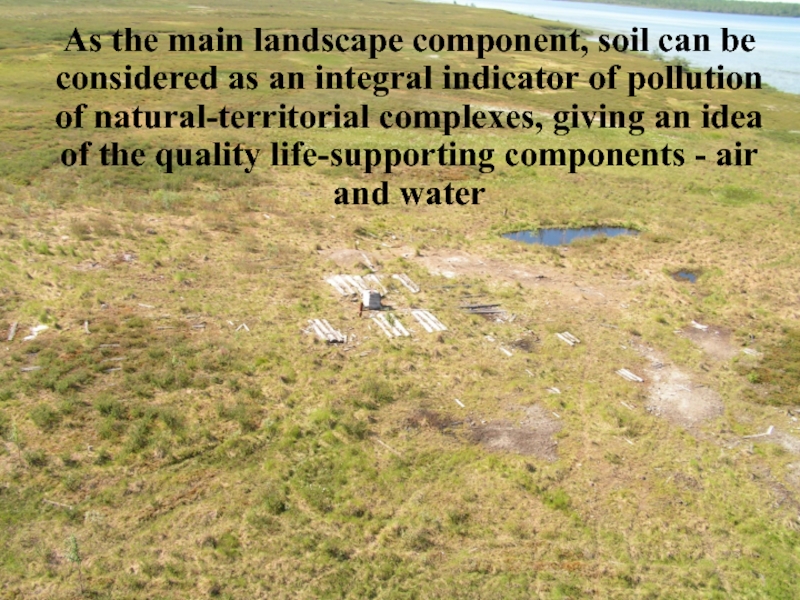
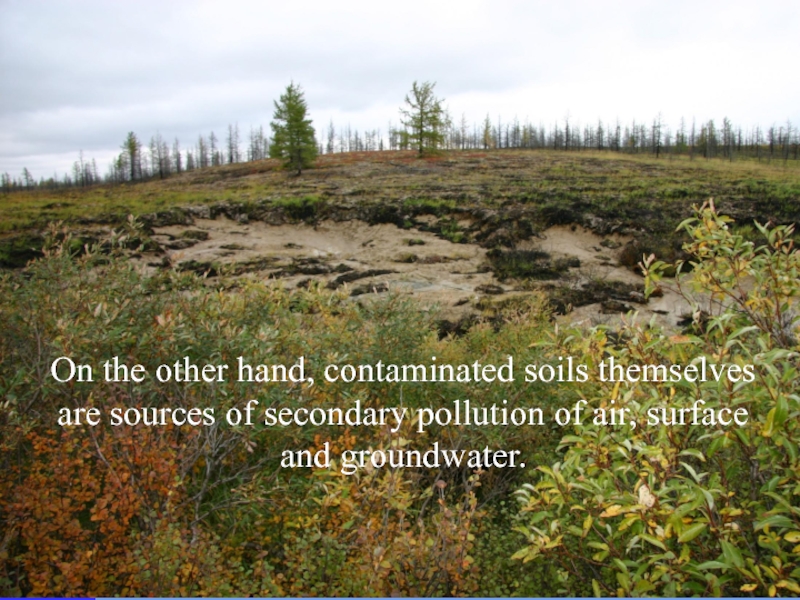
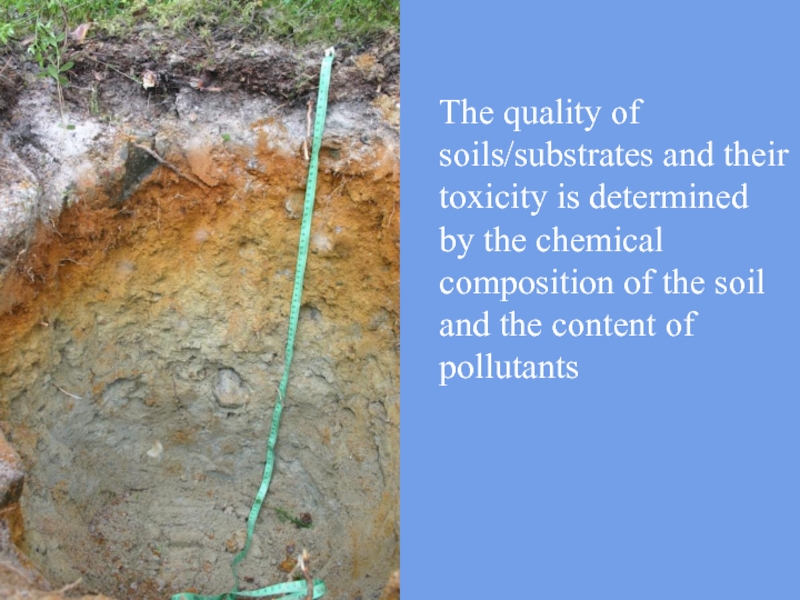
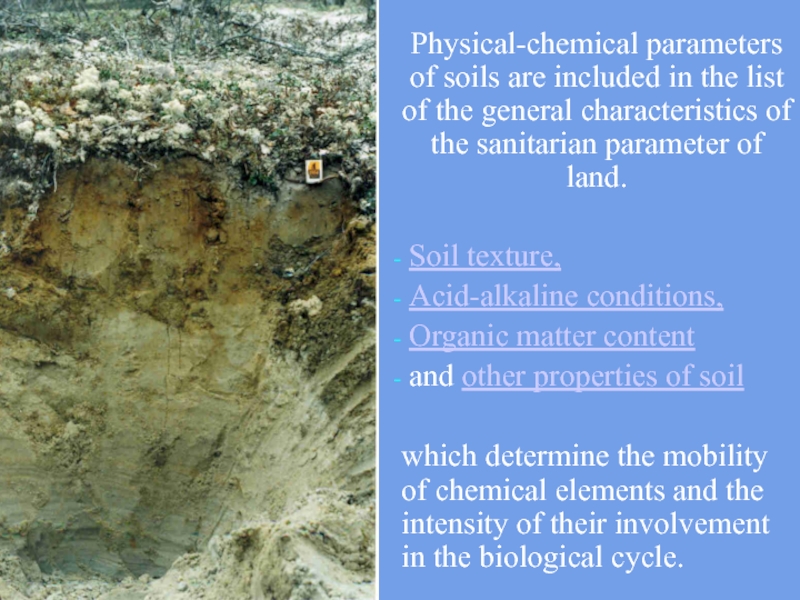
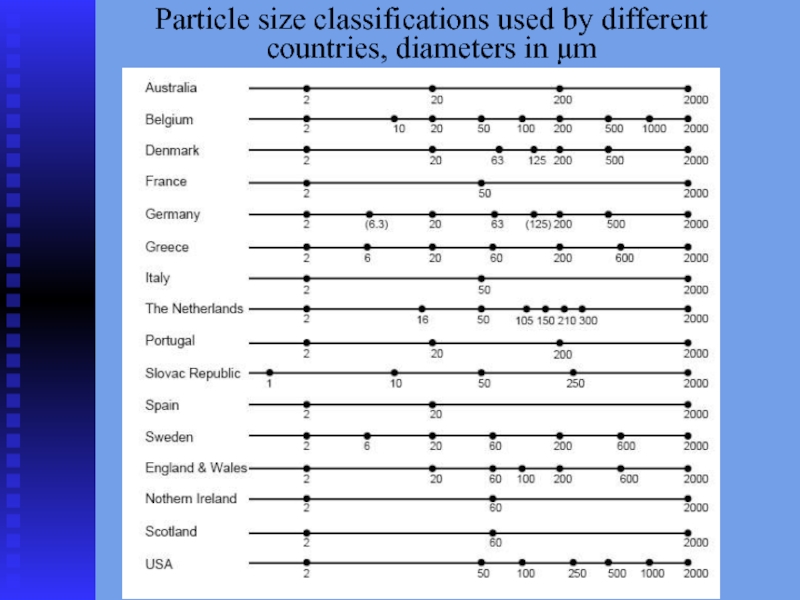
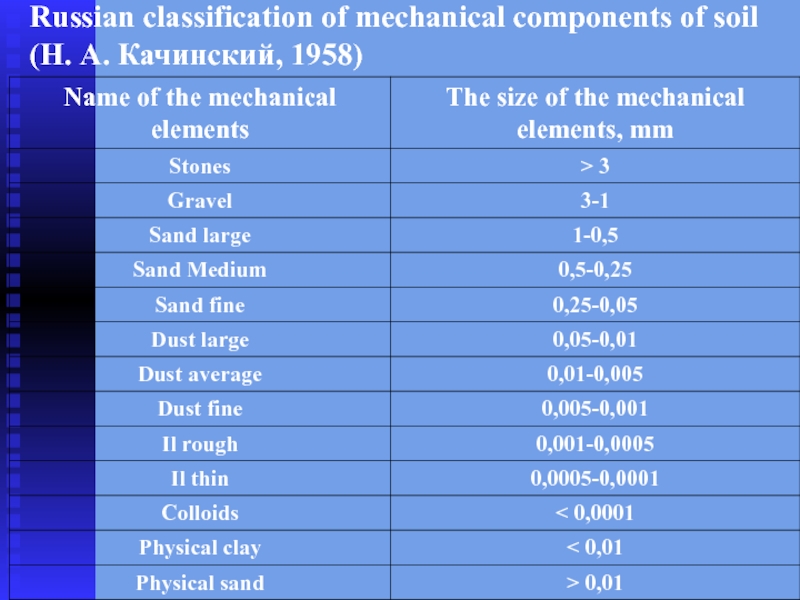
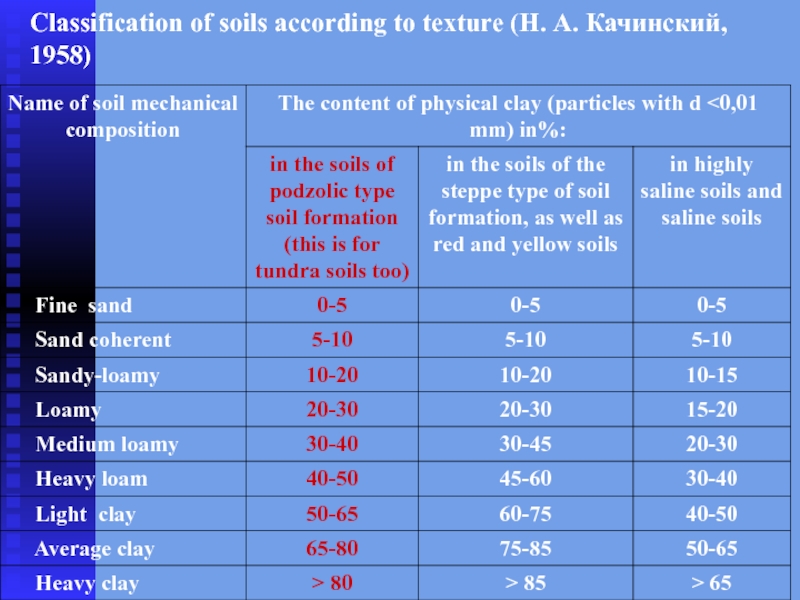
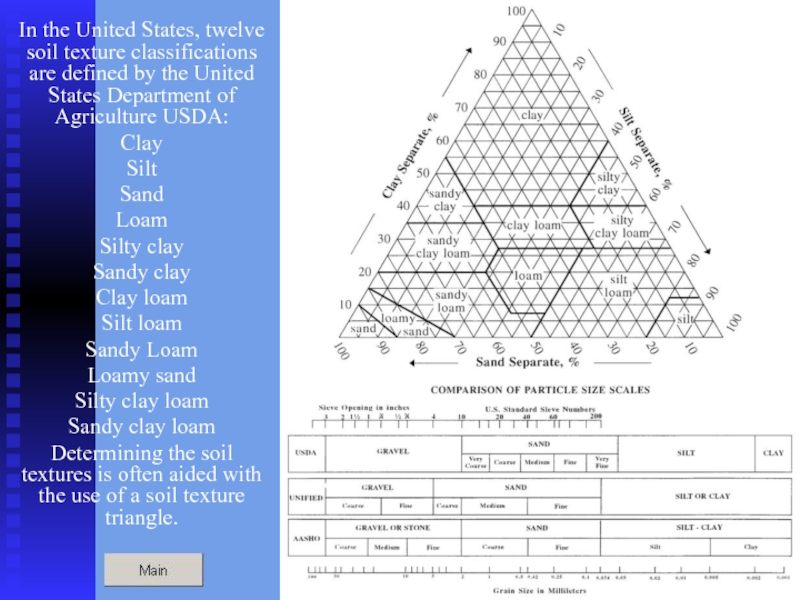
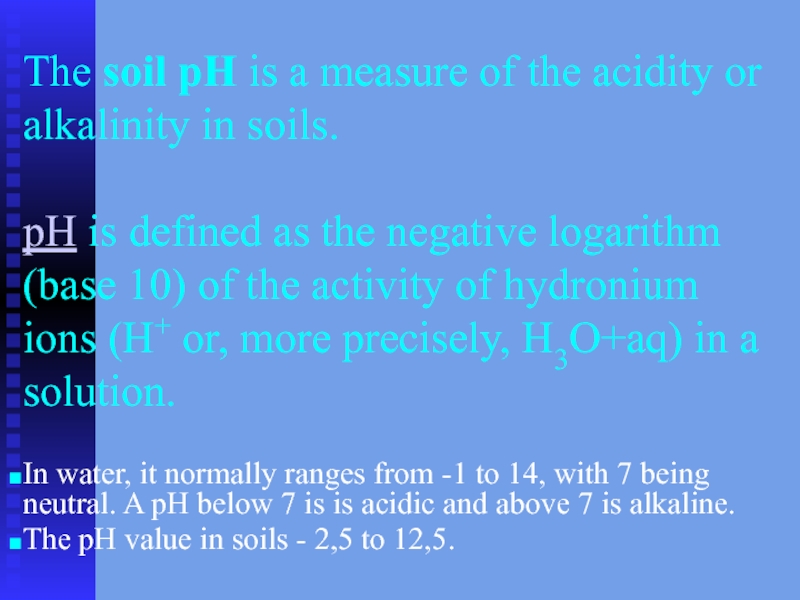
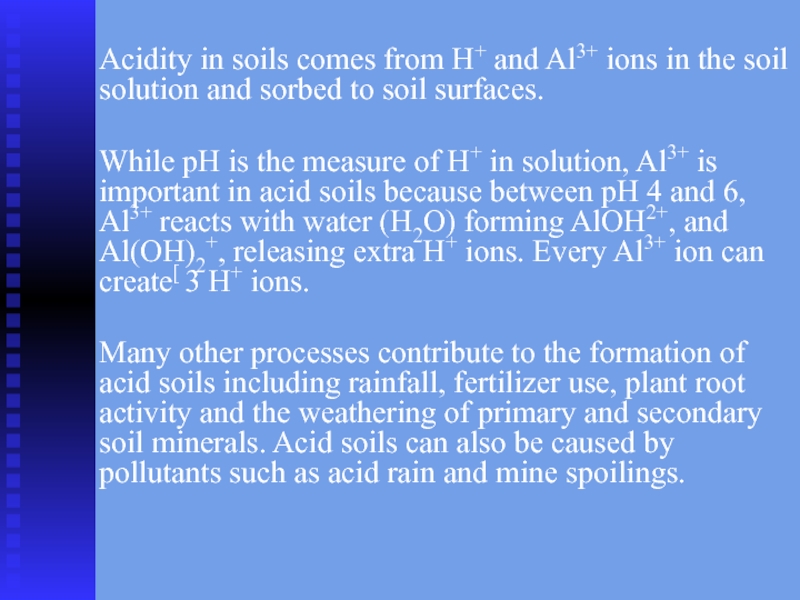

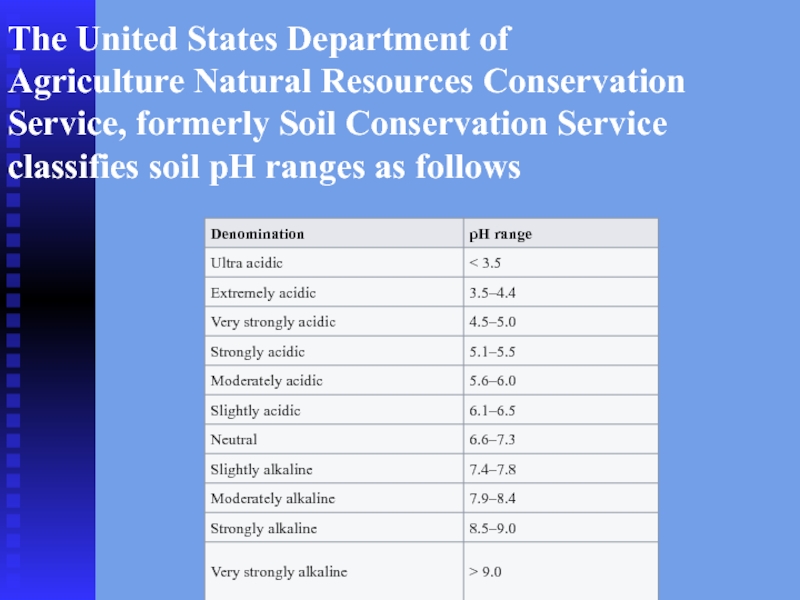
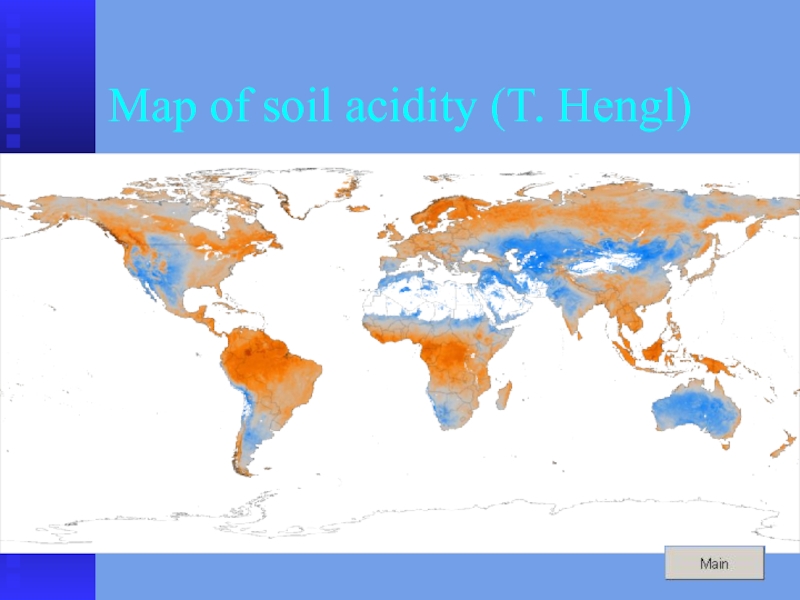
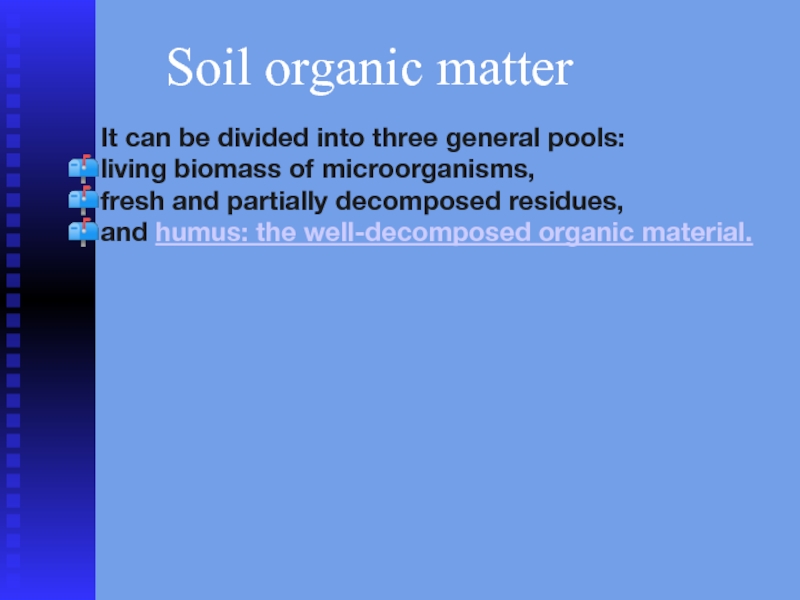
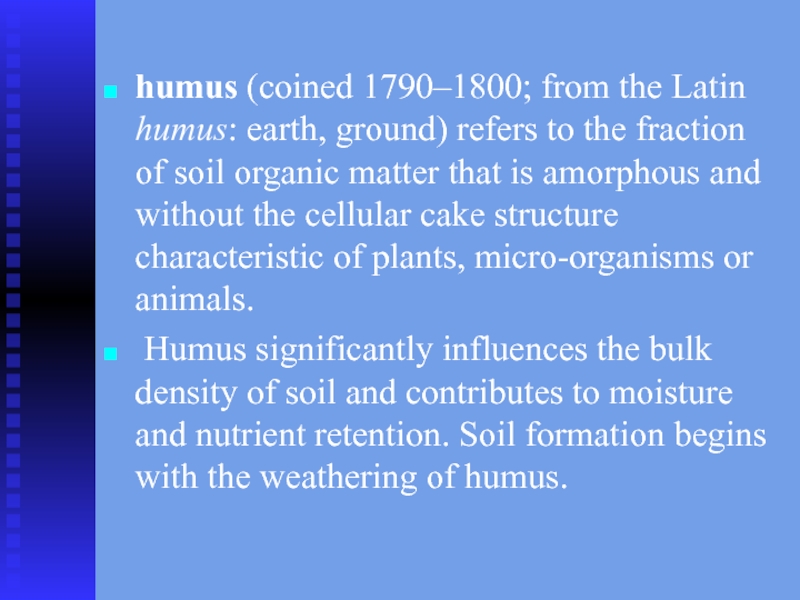
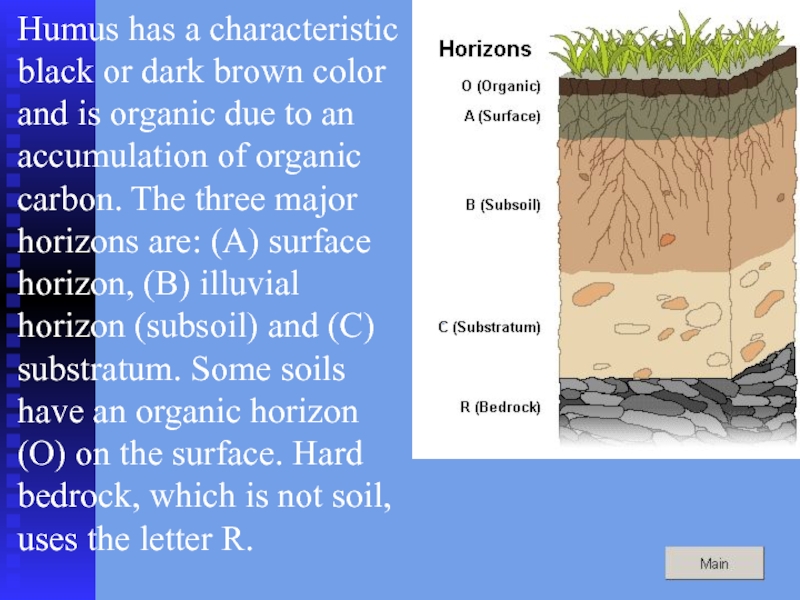
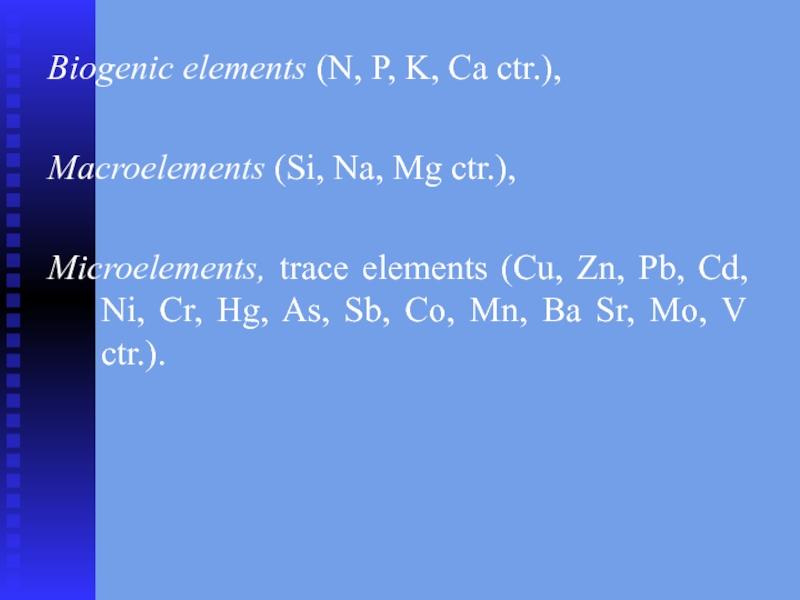
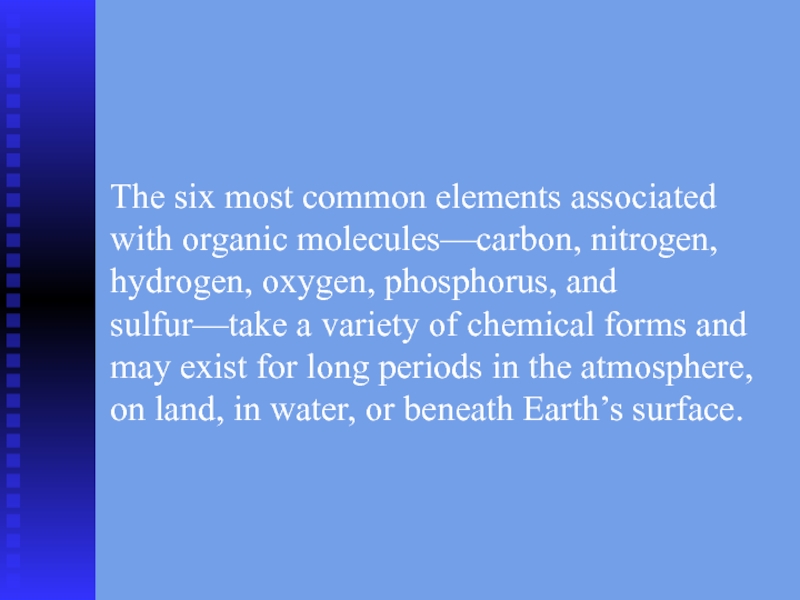
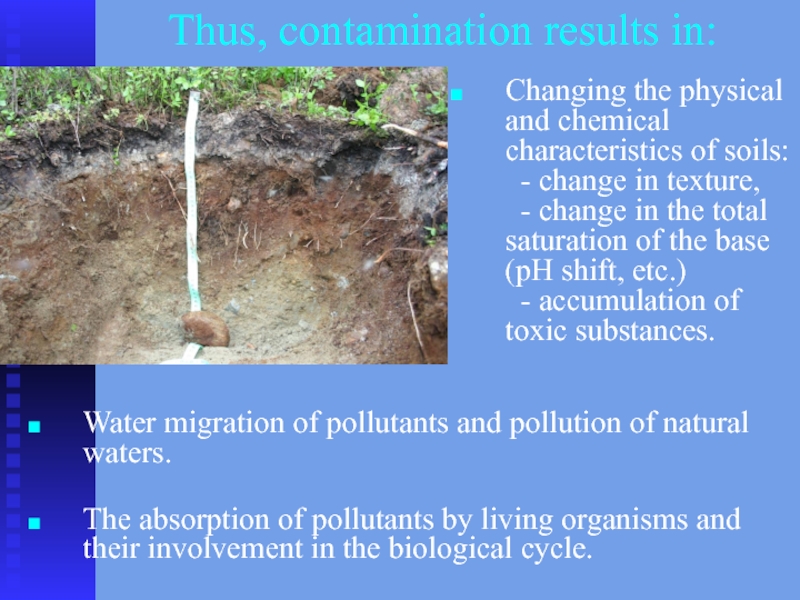
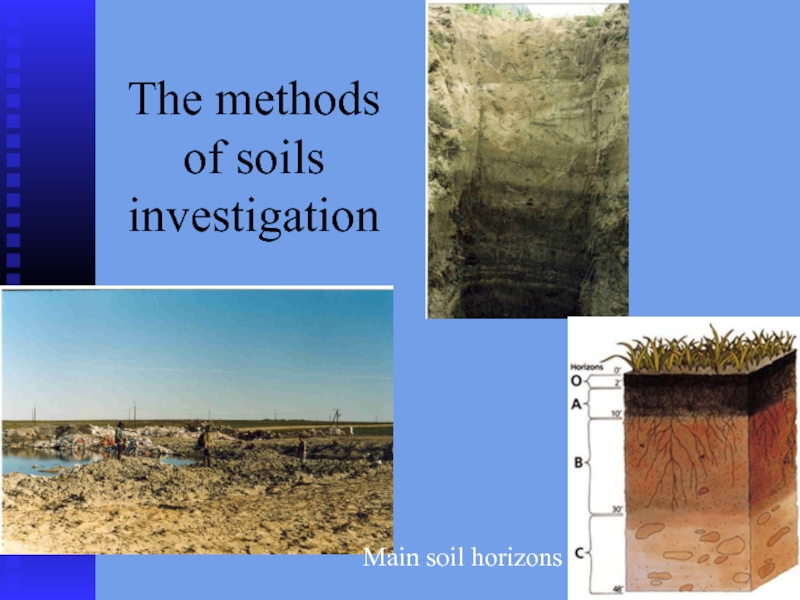
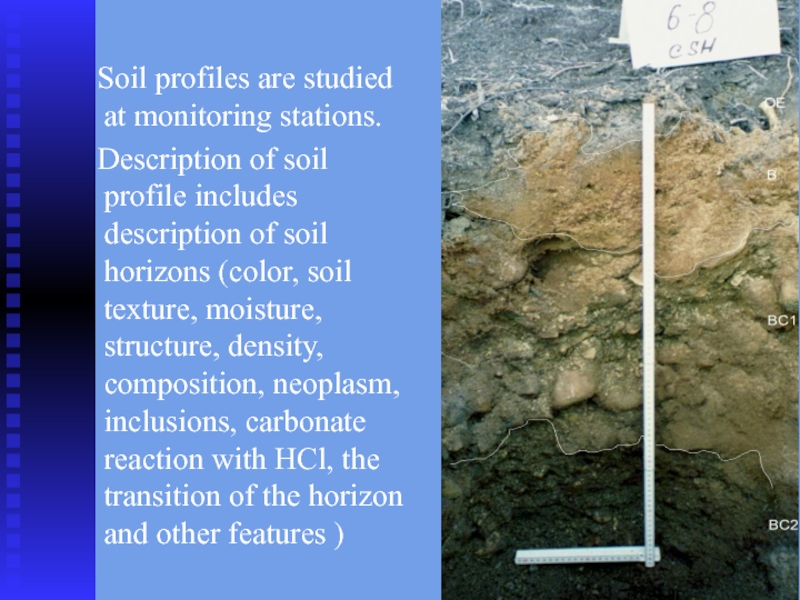
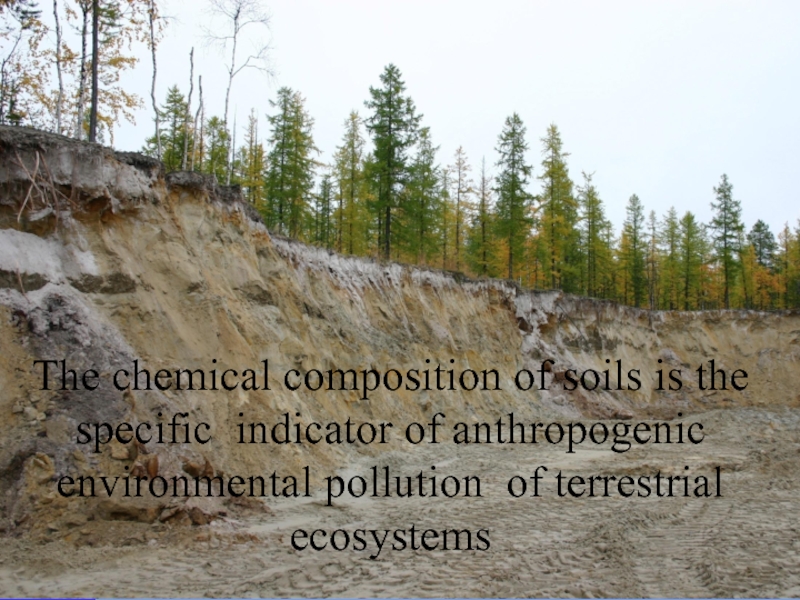
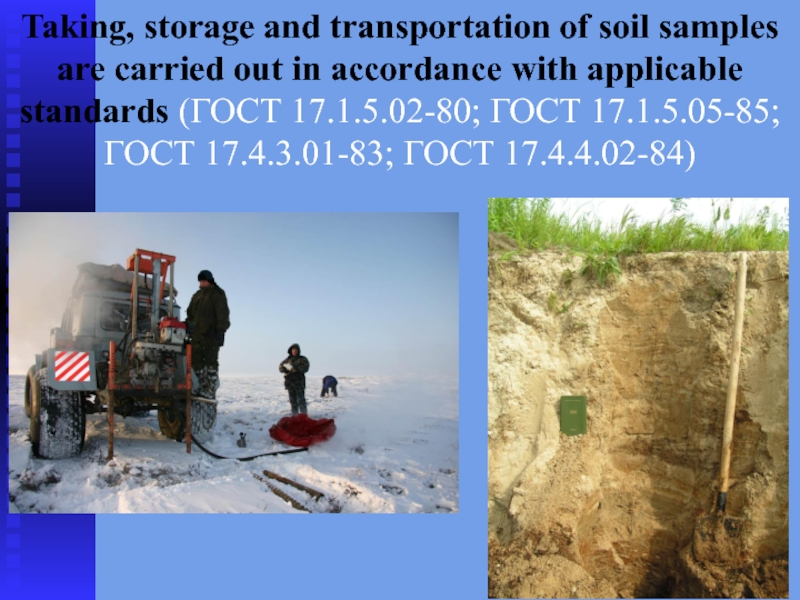
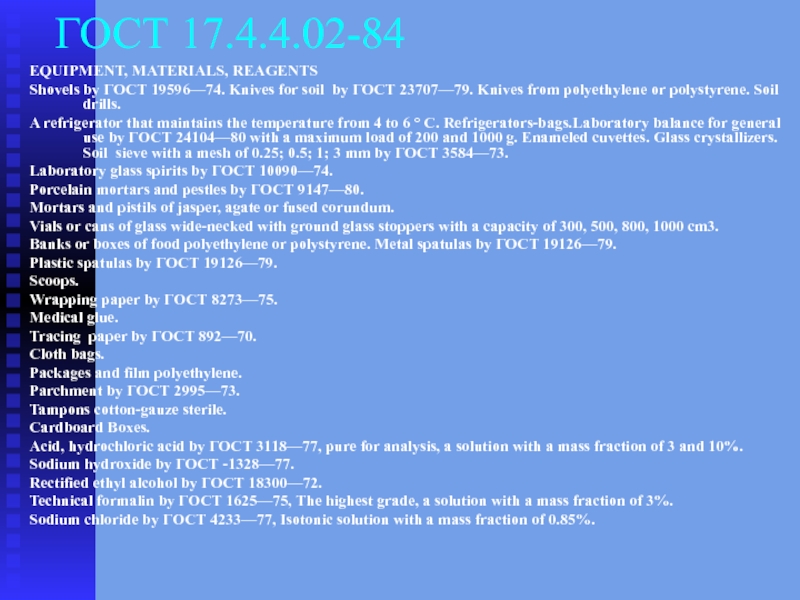
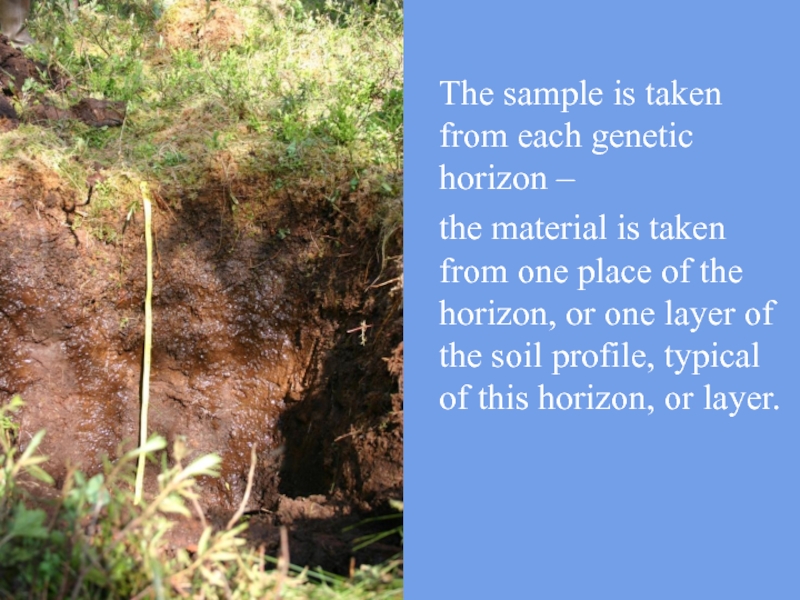
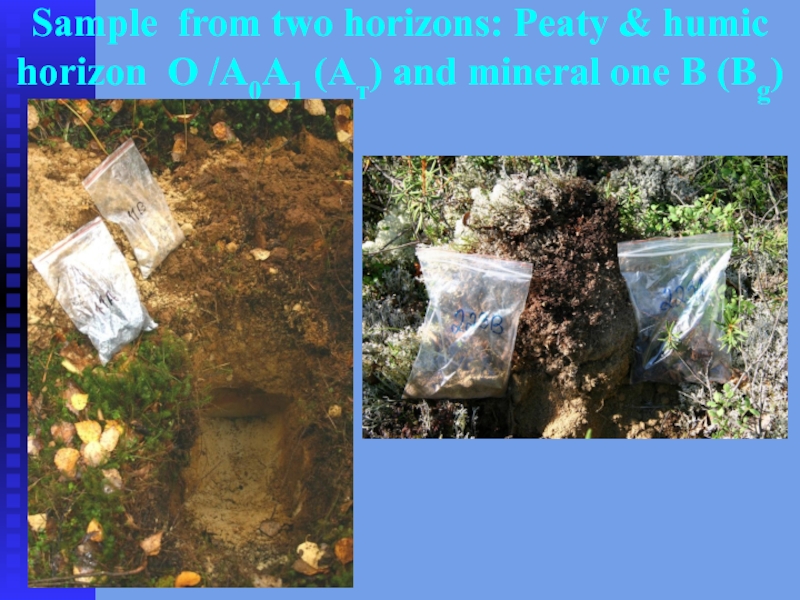
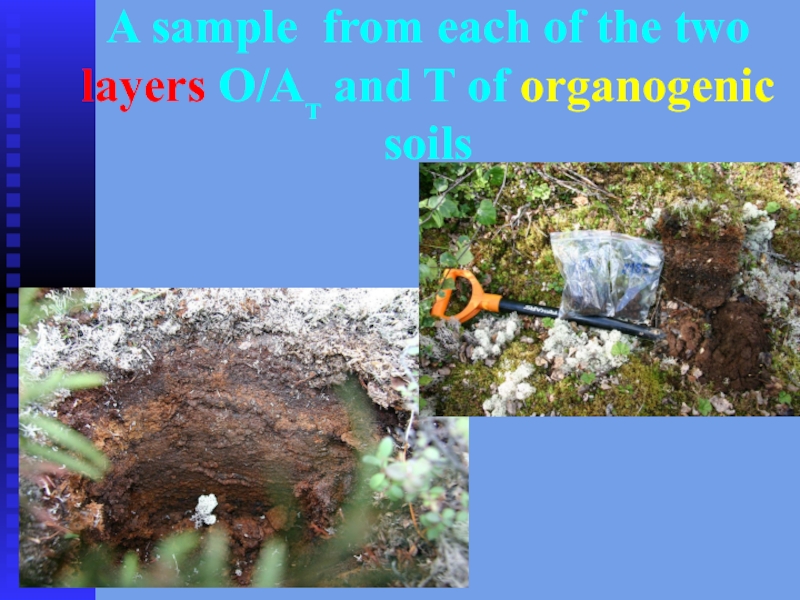
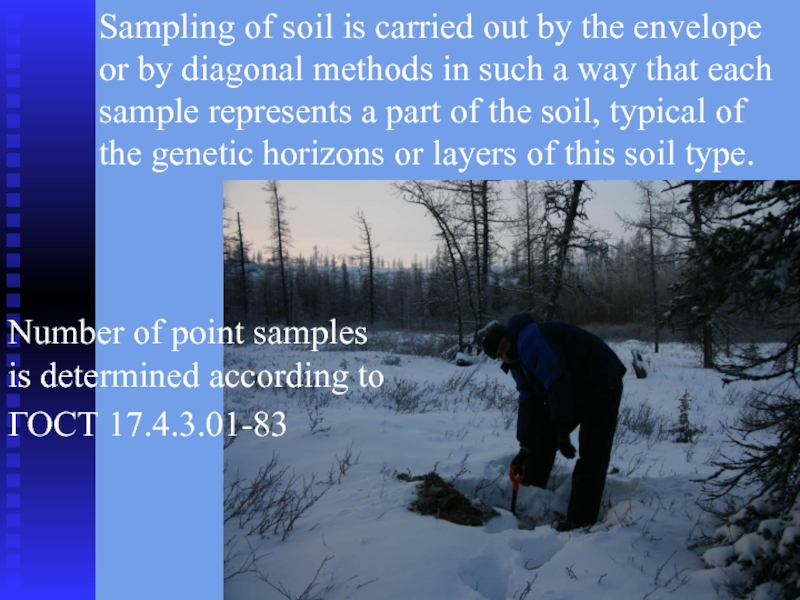
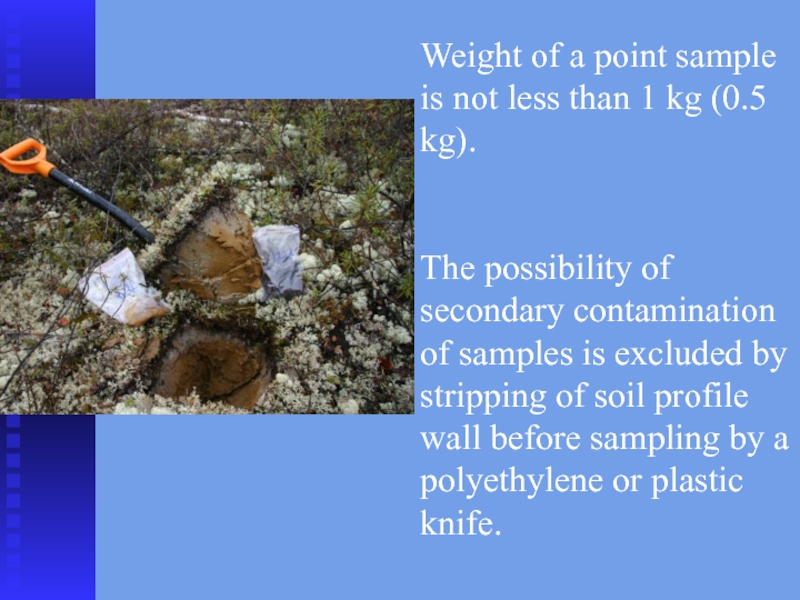
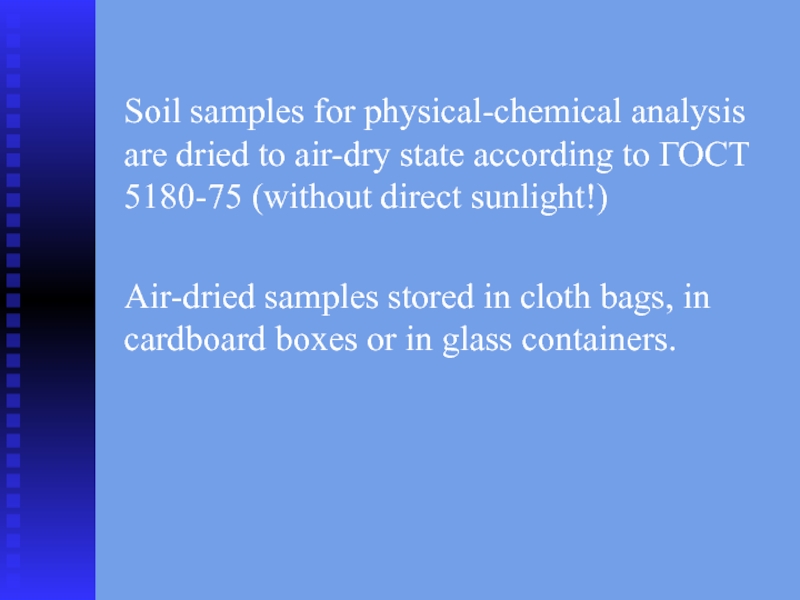
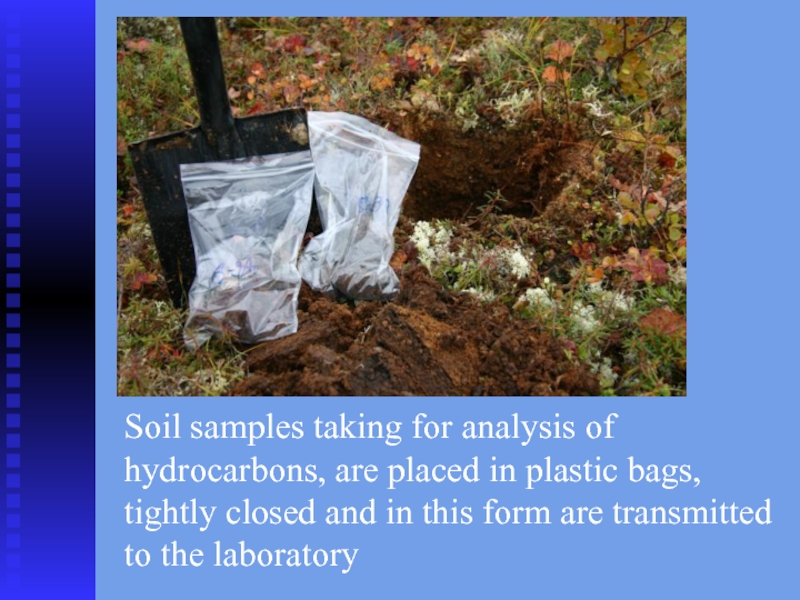
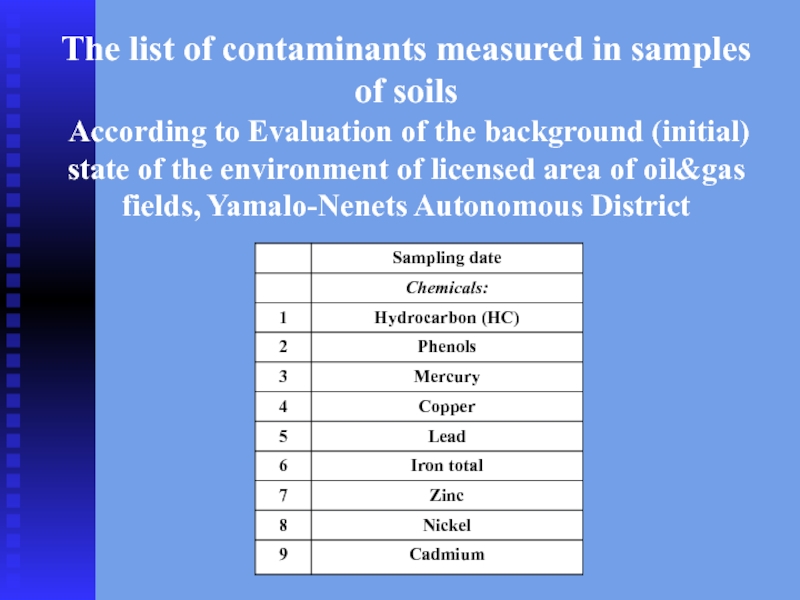
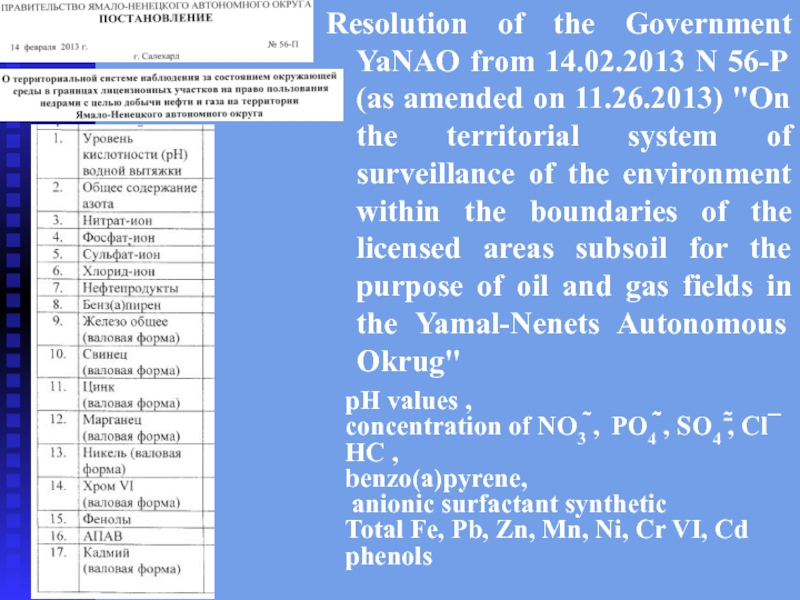
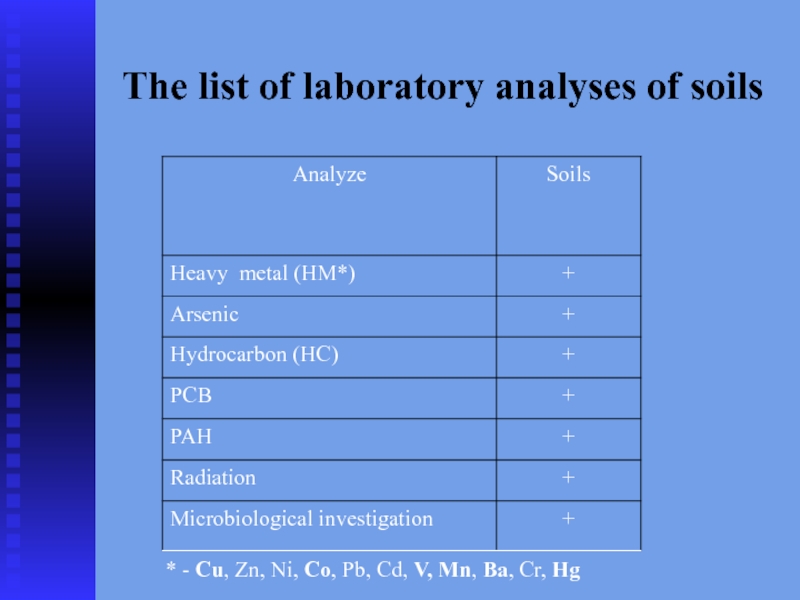
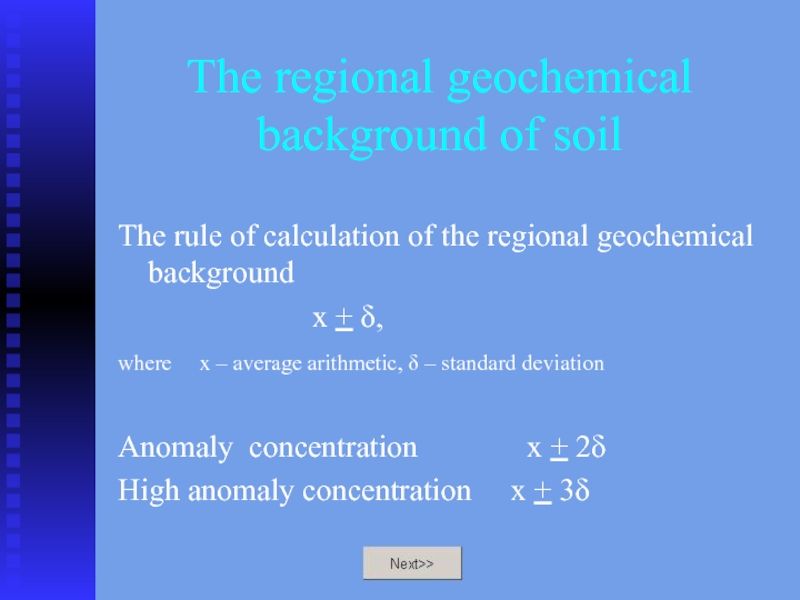
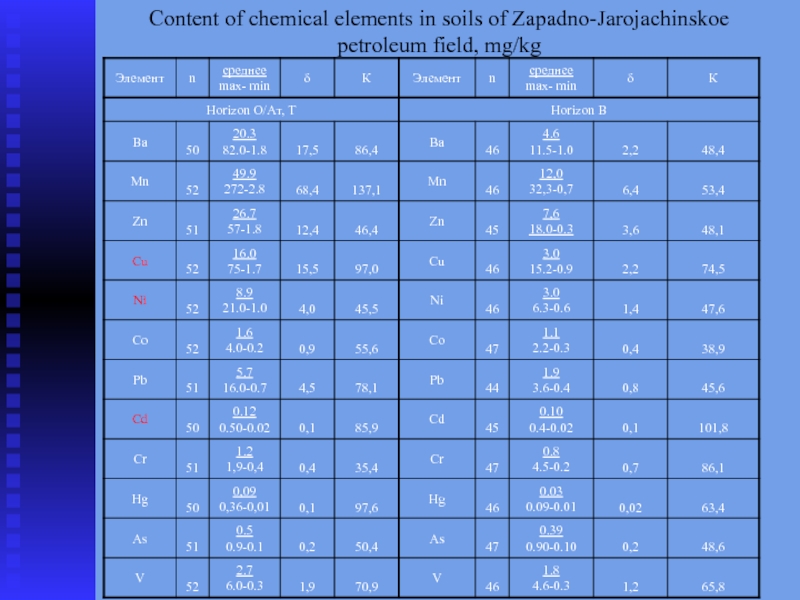
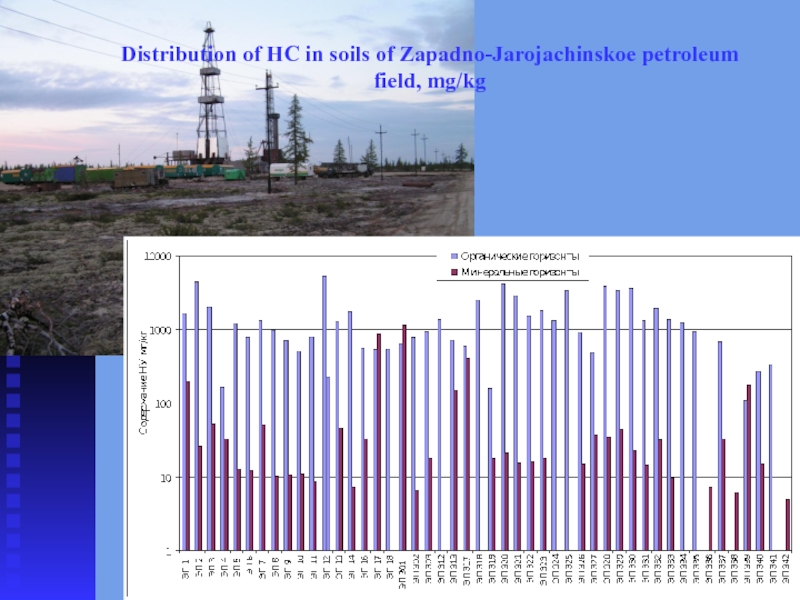
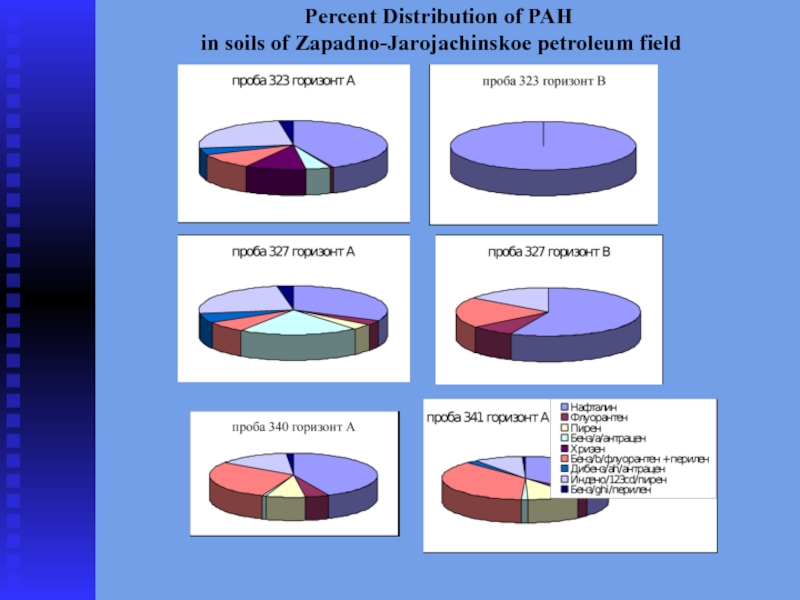
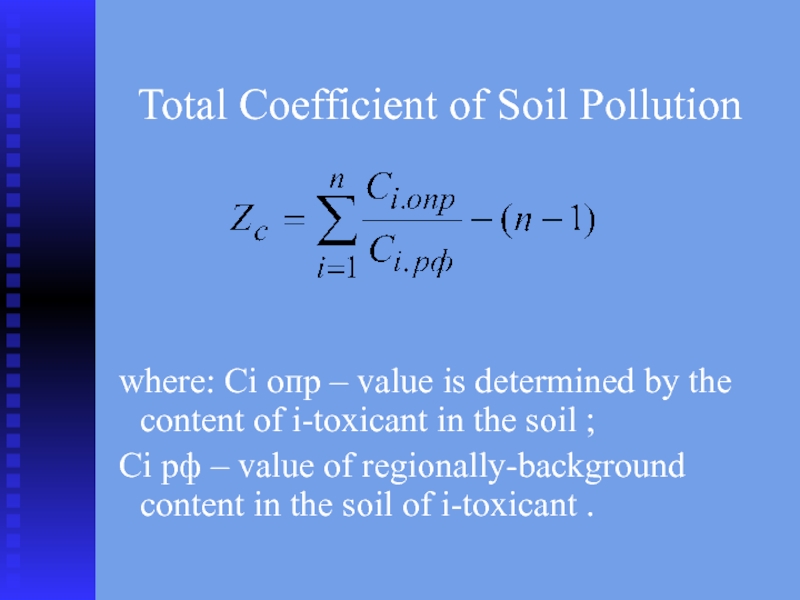
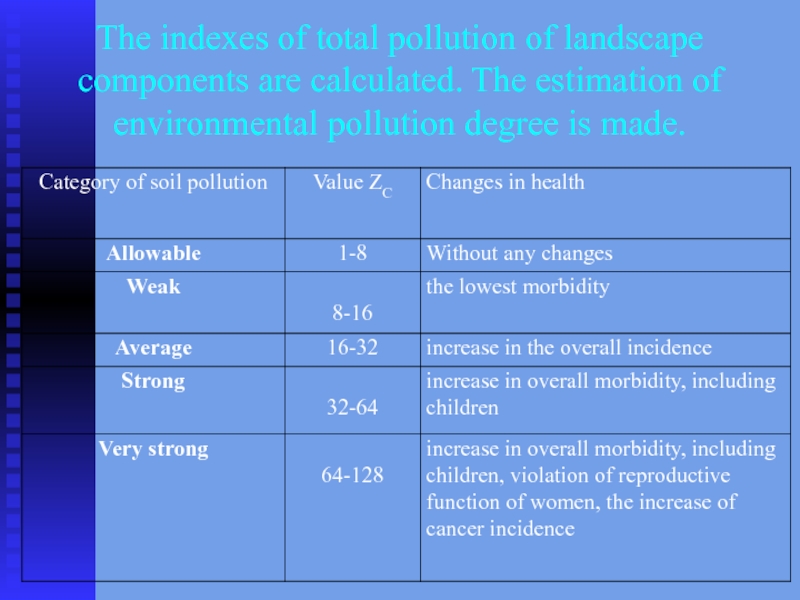
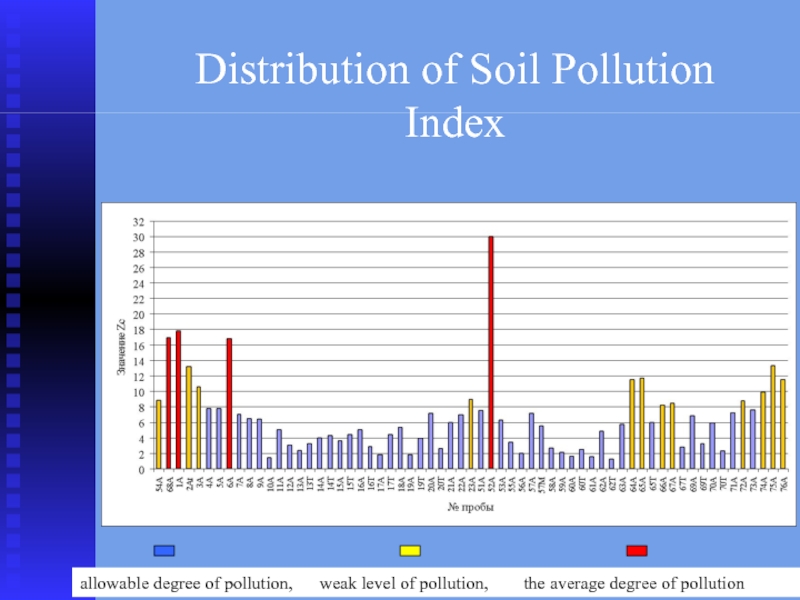
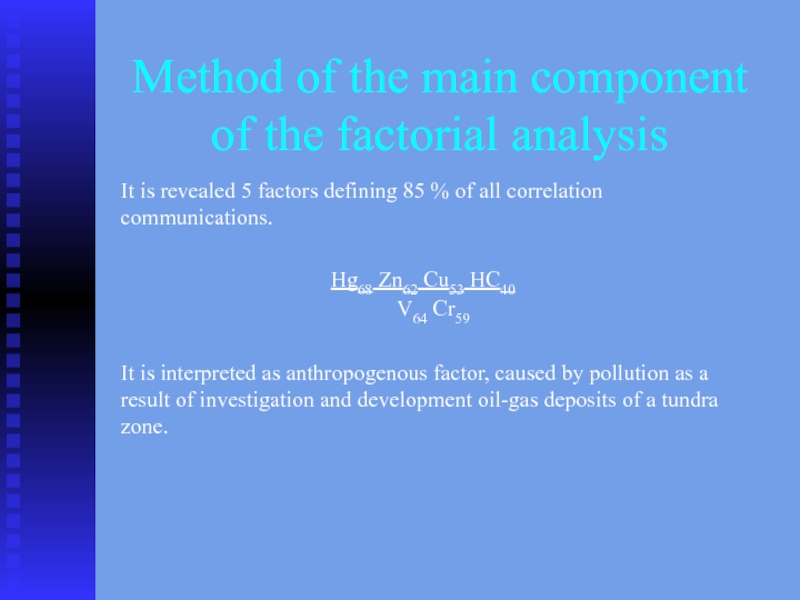
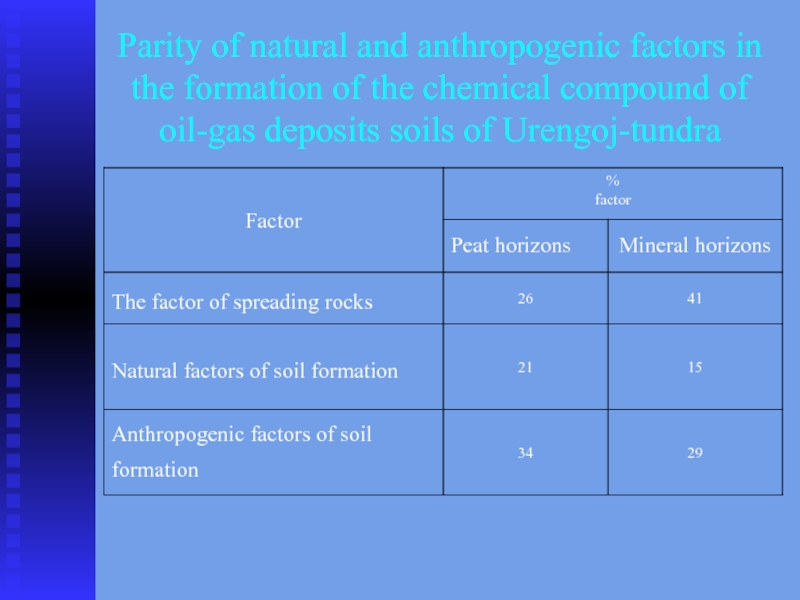



![Постановка звуков [ ф ] [ ф `]
Буква Ф
ЗАНЯТИЕ №3](/img/tmb/7/642013/84fdced61366e950859a20a66f9d6dc7-800x.jpg)

